Related Research Articles

Marius Sophus Lie was a Norwegian mathematician. He largely created the theory of continuous symmetry and applied it to the study of geometry and differential equations. He also made substantial contributions to the development of algebra.
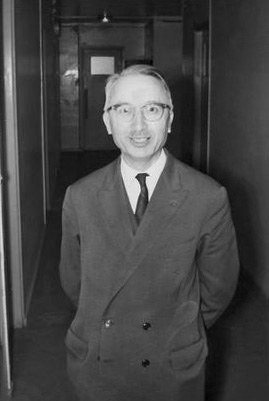
Henri Paul Cartan was a French mathematician who made substantial contributions to algebraic topology.

In mathematics, the conformal group of an inner product space is the group of transformations from the space to itself that preserve angles. More formally, it is the group of transformations that preserve the conformal geometry of the space.
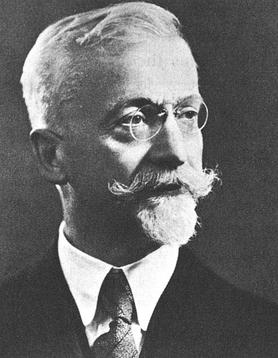
Élie Joseph Cartan was an influential French mathematician who did fundamental work in the theory of Lie groups, differential systems, and differential geometry. He also made significant contributions to general relativity and indirectly to quantum mechanics. He is widely regarded as one of the greatest mathematicians of the twentieth century.
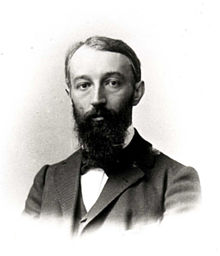
Christian Hugo Eduard Study was a German mathematician known for work on invariant theory of ternary forms (1889) and for the study of spherical trigonometry. He is also known for contributions to space geometry, hypercomplex numbers, and criticism of early physical chemistry.

Klaus Friedrich Roth was a German-born British mathematician who won the Fields Medal for proving Roth's theorem on the Diophantine approximation of algebraic numbers. He was also a winner of the De Morgan Medal and the Sylvester Medal, and a Fellow of the Royal Society.

Nigel James Hitchin FRS is a British mathematician working in the fields of differential geometry, gauge theory, algebraic geometry, and mathematical physics. He is a Professor Emeritus of Mathematics at the University of Oxford.
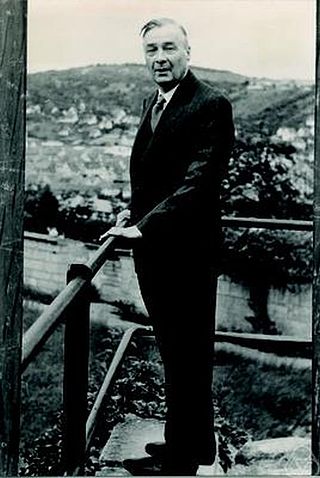
Philip Hall FRS, was an English mathematician. His major work was on group theory, notably on finite groups and solvable groups.

David Rodney "Roger" Heath-Brown is a British mathematician working in the field of analytic number theory.

Francis Sowerby Macaulay FRS was an English mathematician who made significant contributions to algebraic geometry. He is known for his 1916 book The Algebraic Theory of Modular Systems, which greatly influenced the later course of commutative algebra. Cohen–Macaulay rings, Macaulay duality, the Macaulay resultant and the Macaulay and Macaulay2 computer algebra systems are named for Macaulay.
In matrix theory, Sylvester's formula or Sylvester's matrix theorem (named after J. J. Sylvester) or Lagrange−Sylvester interpolation expresses an analytic function f(A) of a matrix A as a polynomial in A, in terms of the eigenvalues and eigenvectors of A. It states that
John Hilton Grace FRS was a British mathematician. The Grace–Walsh–Szegő theorem is named in part after him.

In mathematics, quaternions are a non-commutative number system that extends the complex numbers. Quaternions and their applications to rotations were first described in print by Olinde Rodrigues in all but name in 1840, but independently discovered by Irish mathematician Sir William Rowan Hamilton in 1843 and applied to mechanics in three-dimensional space. They find uses in both theoretical and applied mathematics, in particular for calculations involving three-dimensional rotations.

Olaus Magnus Friedrich Erdmann Henrici, FRS was a German mathematician who became a professor in London.
In mathematical invariant theory, a perpetuant is informally an irreducible covariant of a form or infinite degree. More precisely, the dimension of the space of irreducible covariants of given degree and weight for a binary form stabilizes provided the degree of the form is larger than the weight of the covariant, and the elements of this space are called perpetuants. Perpetuants were introduced and named by Sylvester. MacMahon and Stroh classified the perpetuants. Elliott (1907) describes the early history of perpetuants and gives an annotated bibliography.
Frances Hardcastle was an English mathematician, in 1894 one of the founding members of the American Mathematical Society. Her work included contributions to the theory of point groups.
Winifred Lydia Caunden Sargent was an English mathematician. She studied at Newnham College, Cambridge and carried out research into Lebesgue integration, fractional integration and differentiation and the properties of BK-spaces.

George Ridsdale Goldsbrough CBE FRS was an English mathematician and mathematical physicist.
George Leo Watson was a British mathematician, who specialized in number theory.
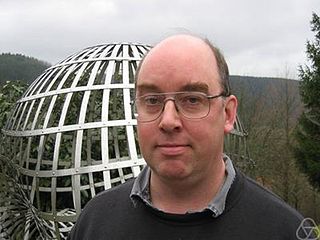
Jeremy Rickard, also known as J. C. Rickard or J. Rickard, is a British mathematician who deals with algebra and algebraic topology. He researches modular representation theory of finite groups and related questions of algebraic topology, representation theory of finite algebras and homological algebra. Rickard or derived equivalences as a generalization of Morita equivalences of rings and algebras are named after him.
References
- ↑ Sylvester, J. J. (1888). "The Late Arthur Buchheim". Nature. 38 (987): 515–516. Bibcode:1888Natur..38..515S. doi: 10.1038/038515d0 .
- ↑ Tattersall, J. (2006). "Arthur Buchheim: Mathematician of Great Promise". Proc. Can. Soc. Hist. And Phil. Math. 18: 200–207.
- ↑ Nicholas Higham: Arthur Buchheim
- ↑ Whitehead, A. (1898). A Treatise on Universal Algebra. Cambridge University Press. pp. 370.
- ↑ Cartan, É.; Study, E. (1908). "Nombres complexes". Encyclopédie des Sciences Mathématiques Pures et Appliquées. 1 (1): 328–468.
- ↑ Rothe, H. (1916). "Systeme geometrischer Analyse". Encyclopädie der Mathematischen Wissenschaften. 3.1.1: 1282–1425.